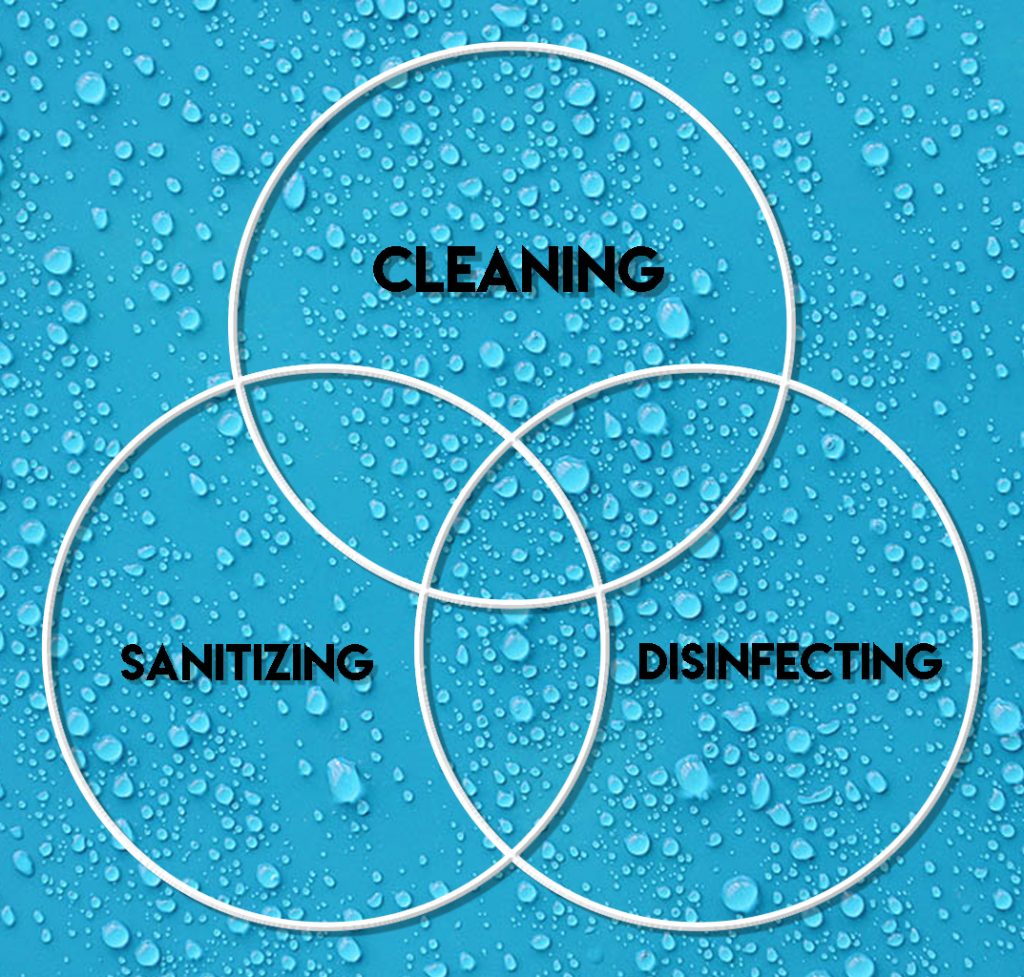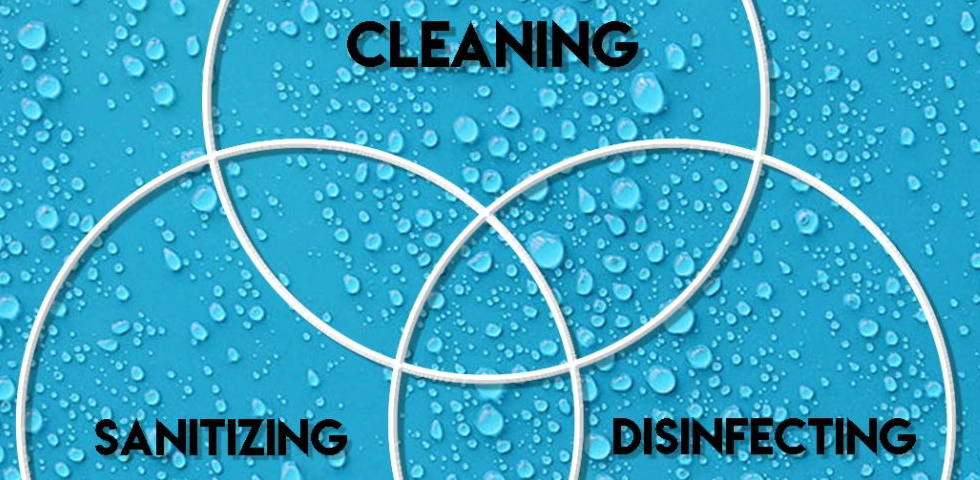
With the current situation regarding COVID-19 there has been a lot of misinformation on cleaning. We made our post about how steam cleaning isn’t really sanitizing, and that got a lot of interest. So I wanted to make a quick article breaking down the difference between cleaning, sanitizing and disinfecting as some people are using these words interchangeably. These are as classified by the CDC, who knows a few things about this.
Cleaning
Cleaning is what you are doing most of the time as a detailer. You are using a cleaner or soap to pick up and remove the germs from the surface. You aren’t “killing” most of the germs but you are removing many of them from the surface, which is still a huge plus, as you are lowering the risk of spreading them.
Sanitizing
Sanitizing kills germs, but does not remove them. Instead, it reduces the amount of germs on the surface to a safe level. So it is best to clean first, then sanitize. This is why when you use hand sanitizer your hand can feel kind of gross. Since there are no surfactants like in soap to lift off the germs, the liquid of the sanitizer just moves the dirt around, but at least it kills the germs! According to the EPA, for something to be considered sanitized, it must have reduced the amount of bacteria on the surface by 99.9%. This often requires some dwell time before you remove the product to effectively get to this number, usually around 10-15 seconds. If you want to sanitize the interior you can easily use the standard sanitizing wipes, test first of course, and make sure you wipe it clean.
For the exterior, since you can use so much more water to lift off the contamination during the cleaning process it is not as much of a concern to sanitize. You can still use sanitizing steps if you really want to on door handles and high traffic areas, but it will eat away at any protection you have.
Disinfecting
Disinfecting is the germ-killing king. Like sanitizing, it kills germs but does not remove them, so it is best used after cleaning. However, the EPA defines a surfaced being disinfected by reducing the amount of bacteria by 99.999%. This may seem like a small number but is a huge difference in reducing the spread of bacteria, especially for places like hospitals where you need to reduce the risk as much as possible. The dwell time for disinfectants is much longer, usually 3-5 minutes. This, coupled with the chemicals usually being much harsher, do not mix well with detailing. They often would end up damaging the surface, either immediately or over time.
P&S has a new product P&S Surface Sanitizer. That was recently certified by the EPA! It is a thin spray that when left for 10 minutes will disinfect, be sure to test first before allowing it to dwell for 10 minutes on surfaces if this is the route you choose.
Hopefully, this helps you understand the differences better. Just keep to best practices, stay safe, and WASH YOUR HANDS!
